Alexander Dokumentov
Local and Global Trend Bayesian Exponential Smoothing Models
Sep 25, 2023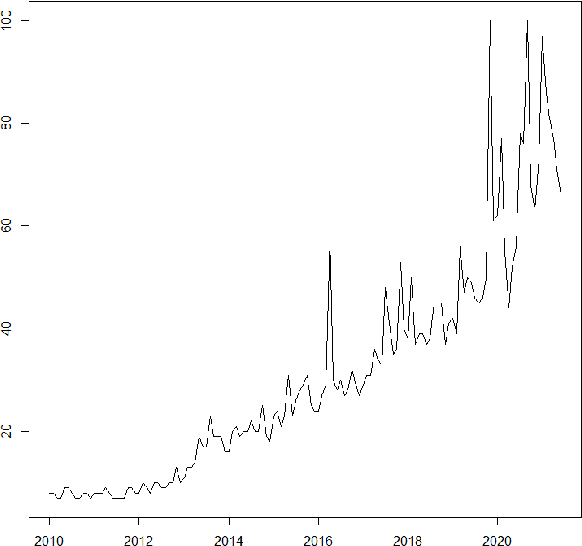
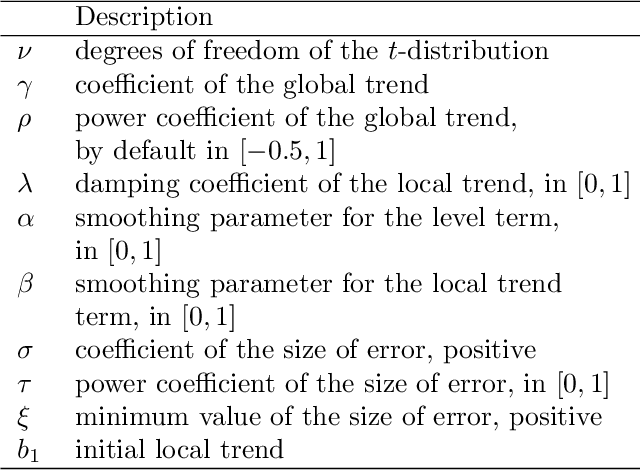
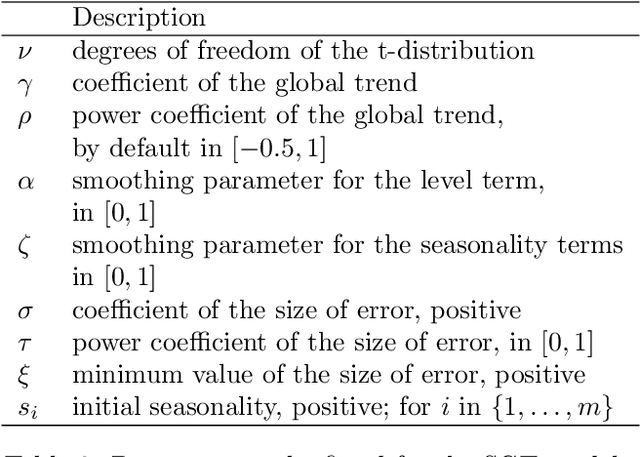
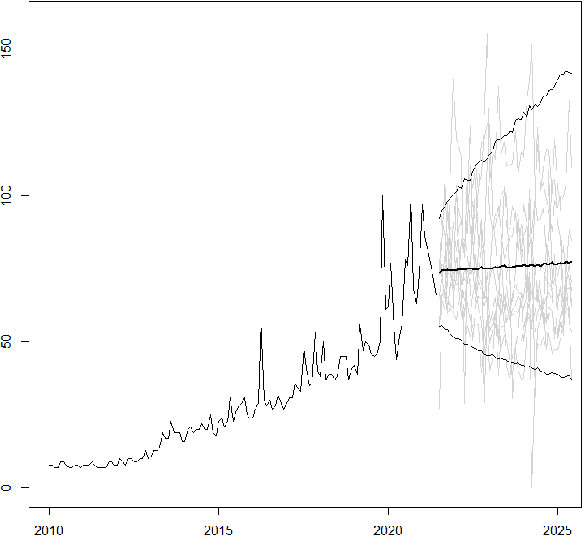
Abstract:This paper describes a family of seasonal and non-seasonal time series models that can be viewed as generalisations of additive and multiplicative exponential smoothing models. Their development is motivated by fast-growing, volatile time series, and facilitated by state-of-the-art Bayesian fitting techniques. When applied to the M3 competition data set, they outperform the best algorithms in the competition as well as other benchmarks, thus achieving to the best of our knowledge the best results of univariate methods on this dataset in the literature.
Collaborative residual learners for automatic icd10 prediction using prescribed medications
Dec 16, 2020



Abstract:Clinical coding is an administrative process that involves the translation of diagnostic data from episodes of care into a standard code format such as ICD10. It has many critical applications such as billing and aetiology research. The automation of clinical coding is very challenging due to data sparsity, low interoperability of digital health systems, complexity of real-life diagnosis coupled with the huge size of ICD10 code space. Related work suffer from low applicability due to reliance on many data sources, inefficient modelling and less generalizable solutions. We propose a novel collaborative residual learning based model to automatically predict ICD10 codes employing only prescriptions data. Extensive experiments were performed on two real-world clinical datasets (outpatient & inpatient) from Maharaj Nakorn Chiang Mai Hospital with real case-mix distributions. We obtain multi-label classification accuracy of 0.71 and 0.57 of average precision, 0.57 and 0.38 of F1-score and 0.73 and 0.44 of accuracy in predicting principal diagnosis for inpatient and outpatient datasets respectively.
* 6 Pages, 5 Figures and 4 tables. Presented at AIDH (Australian Institute of Digital Health) Conference 2020
Ensemble model for pre-discharge icd10 coding prediction
Dec 16, 2020


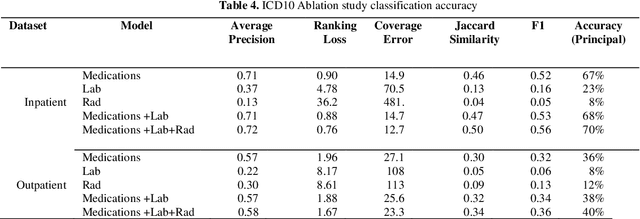
Abstract:The translation of medical diagnosis to clinical coding has wide range of applications in billing, aetiology analysis, and auditing. Currently, coding is a manual effort while the automation of such task is not straight forward. Among the challenges are the messy and noisy clinical records, case complexities, along with the huge ICD10 code space. Previous work mainly relied on discharge notes for prediction and was applied to a very limited data scale. We propose an ensemble model incorporating multiple clinical data sources for accurate code predictions. We further propose an assessment mechanism to provide confidence rates in predicted outcomes. Extensive experiments were performed on two new real-world clinical datasets (inpatient & outpatient) with unaltered case-mix distributions from Maharaj Nakorn Chiang Mai Hospital. We obtain multi-label classification accuracies of 0.73 and 0.58 for average precision, 0.56 and 0.35 for F1-scores and 0.71 and 0.4 accuracy in predicting principal diagnosis for inpatient and outpatient datasets respectively.
* 6 Pages, 2 Figures and 5 tables. Presented at AIDH (Australian Institute of Digital Health) Conference 2020
 Add to Chrome
Add to Chrome Add to Firefox
Add to Firefox Add to Edge
Add to Edge